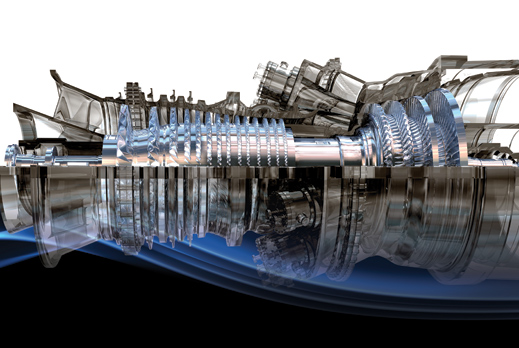Just came across this video while researching how to calculate ROI on Internet of Things investments for the e-book I’m writing, and felt compelled to share it.
That’s because it may be hard to calculate ROI fully and accurately for IoT investments if you aren’t thinking in terms of what my friend/patron Eric Bonabeau always pounds into my head: what can you do now that you couldn’t do before?
In the case of the IoT, there are several things, such as “predictive maintenance,” that weren’t possible before and thus we don’t automatically think of calculating these benefits. It will require a conscious change in figuring ROI to account for them.
According to Axeda CMO Bill Zujewski, there are 6 levels of M2M/IoT implementation, and there are both cost savings and revenue enhancements as you move up the curve:
- Unconnected: this is where most firms are today. No M2M/IoT investments.
- Connected, pulling data for future use: No return yet.
- Service: the investment begins to pay off, primarily because of lower service costs.
- Cost reductions:
- fewer repair visits Now that you’re harvesting real-time information about products’ condition, you may be able to optimize operating conditions remotely.
- first-time fix rate increases: Now you may know what the problem is before you leave, and can also take the proper replacement parts.
- reduced call length: You may know the problem in advance, rather than having to tinker once you’re there to discover it.
- Higher Revenues:
- Greater customer satisfaction. Customer doesn’t have to pay as much for repairs, down-time is reduced.
- Cost reductions:
- Analyze: Putting data into BI and other analysis tools to get greater insights. For example, understand what are bad parts, when they’re failing.
- Cost reductions:
- fewer service visits: instead of monthly service you may be able to switch to quarterly.
- lowering returns
- improve product design
- Higher Revenues:
- Increase product up-time: due to better design and more effective maintenance, longer mean-time-to-failure.
- Cost reductions:
- Data integration: begin to integrate data with business processes.
- Cost reductions:
- warrantees (especially for industrial equipment): fewer claims if you can monitor equipment’s operations, warn owner if they’re using it improperly.
- recalls: reduced.
- Higher revenues:
- pay-as-you-go leases: as we’ve discussed earlier, you may be able to increase revenues by leasing products based on how much the customer actually uses them (which you can now document), rather than selling them.
- increased sales of consumables: you’ll be able to know exactly when the customer needs them.
- Cost reductions:
- Reinvent the customer experience: According to Zujewski, this is where you “put machine data into the end users’ hands” through a smartphone app, for example, that gives them access to the information.
- Cost reductions:
- reduced calls to call center: the end user will be able to initiate service and troubleshoot themselves.
- Higher revenues:
- increases sales: your product will be enhanced, leading to more successful sales calls. You also may be able to charge for some of the new data access services that make the product better.
- Cost reductions:
Zujewski concludes by saying that all of these changes combine into 4 major benefits:
- world-class service
- business insights (such as better understanding of how your customers are using your products) from all the data and analysis
- improve business processes: integrating data allows you to improve the way you perform current processes
- highly-differentiated offering due to to the apps and information you can provide users. “You end up demo-ing your apps vs. just the machines”
I was really impressed with this presentation, and it makes sense to me as a framework for calculating ROI on Internet of Things investments (I want to think about other benefits of the IoT that were impossible before to see if there are any other factors that should also be calculated).
I’d be really interested in your reaction: is this a valid methodology? what other factors would you also include?

